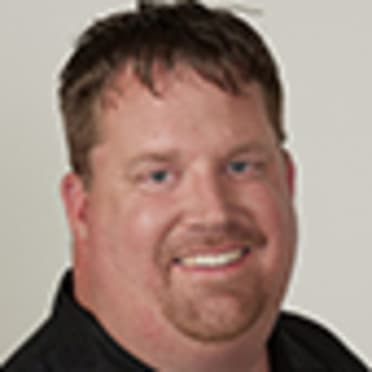This story was excerpted from Mark Bowman’s Braves Beat newsletter. To read the full newsletter, click here. And subscribe to get it regularly in your inbox.
ATLANTA -- If the Braves part ways with Marcell Ozuna and Raisel Iglesias before Thursday’s 6 p.m. ET Trade Deadline, they’ll just be doing so a few months earlier than anticipated.
Even if everything had gone to plan this year and the season ended with a World Series win, would it have been wise to bring back a 35-year-old designated hitter or a 36-year-old closer, both of whom might have commanded a $20 million-plus salary over multiple years?
So, while the Braves are sellers this year, their actions over the next week likely aren’t going to impact your thoughts about their chances to rebound and become playoff contenders again next year. In other words, I don’t see Sean Murphy or any of the controllable position players going anywhere.
Pierce Johnson should draw interest, especially with his 2026 option making him more than just a two-month bullpen rental. And yeah, it would make sense to see if a team was interested enough in Aaron Bummer to assume at least some of his $9.5 million salary for next year.
But beyond those relievers, I don’t think Atlanta will try to move any players under control beyond this season.
With Ozuna and Iglesias being short-term rentals who likely won’t bring a significant prospect haul, I’ve heard some argue that Murphy should be moved. My counter is that, beyond this week, there will be many more opportunities to improve the 2026 roster.
Count me among those who likes the thought of Murphy and Drake Baldwin sharing the catching and designated hitter roles next season. Yeah, you might need to carry a third catcher, but is that really a big deal with a 26-man roster? And more importantly, not having a full-time DH would also give Ronald Acuña Jr., Austin Riley and others a chance to occasionally rest their legs while filling that role.
It also makes sense financially. Murphy’s salary is $15 million next year. Baldwin’s salary will jump just north of $800,000. Ozuna made $16 million this year. So instead of it costing approximately $32 million to employ two catchers and a DH next year, it could cost $32 million to employ two catchers, a DH and possibly a starting pitcher or a middle infielder or a reliever.
Regardless, having the catchers fill the DH role on a regular basis creates some financial flexibility.
Looking ahead to 2026, the Braves can plan to have Chris Sale, Spencer Strider, Spencer Schwellenbach and Grant Holmes in their rotation. Reynaldo López remains a possibility, but it might be best to limit him to a relief role over the final two years of his contract.
Bryce Elder, Hurston Waldrep, Didier Fuentes and JR Ritchie would serve as rotation depth. But as we were reminded this year, you can never have enough pitching.
The Braves will also need to focus on building a far more stable bullpen next year. Joe Jiménez has been throwing off a mound in Florida, but his surgically repaired left knee still isn’t 100%. López was recently cleared to begin playing catch. Both of those guys could serve as the closer next year, but earlier this week, manager Brian Snitker said neither is close to returning this year.
But Snitker did say he thinks it would be beneficial for Jiménez, López, Sale and Schwellenbach to all pitch in games before the end of the regular season.
Sale, who is eligible to come off the 60-day injured list on Aug. 19, has been playing catch over the past two weeks. Schwellenbach, who wouldn’t be available to pitch until some point in September, said previously his fractured right elbow is no longer bothering him.
Looking ahead to position-player needs for 2026, the biggest question remains what to do with the middle infielders. Will Ozzie Albies hit enough in the second half to justify exercising his $7 million option (which also has a $4 million buyout)? Even if Nick Allen continues to be the game’s best defensive shortstop, will there be enough offense around him to compensate for his offensive woes?
Speaking of offensive woes, Michael Harris II distanced himself from his slow start as he hit .261 with a .683 OPS during this past homestand. That’s not significant unless you remember he entered the All-Star break ranked last among qualified MLB players with a .551 OPS.
Not everyone has hands like Acuña, who can get away with keeping his hands below his ribs before beginning his swing load.
